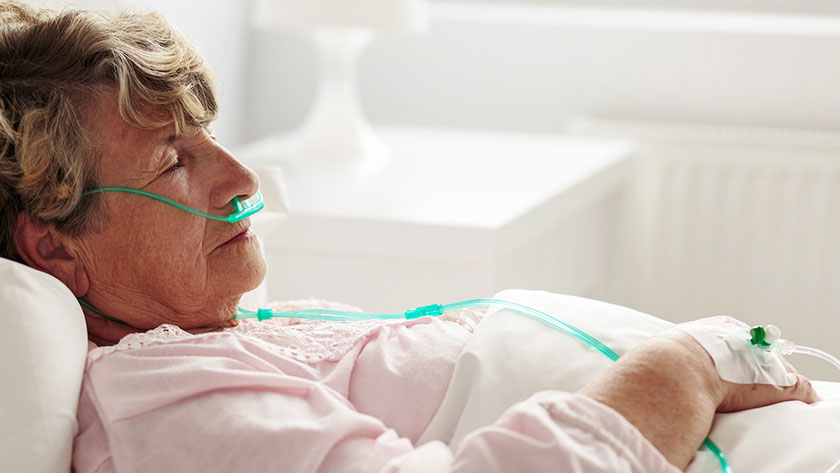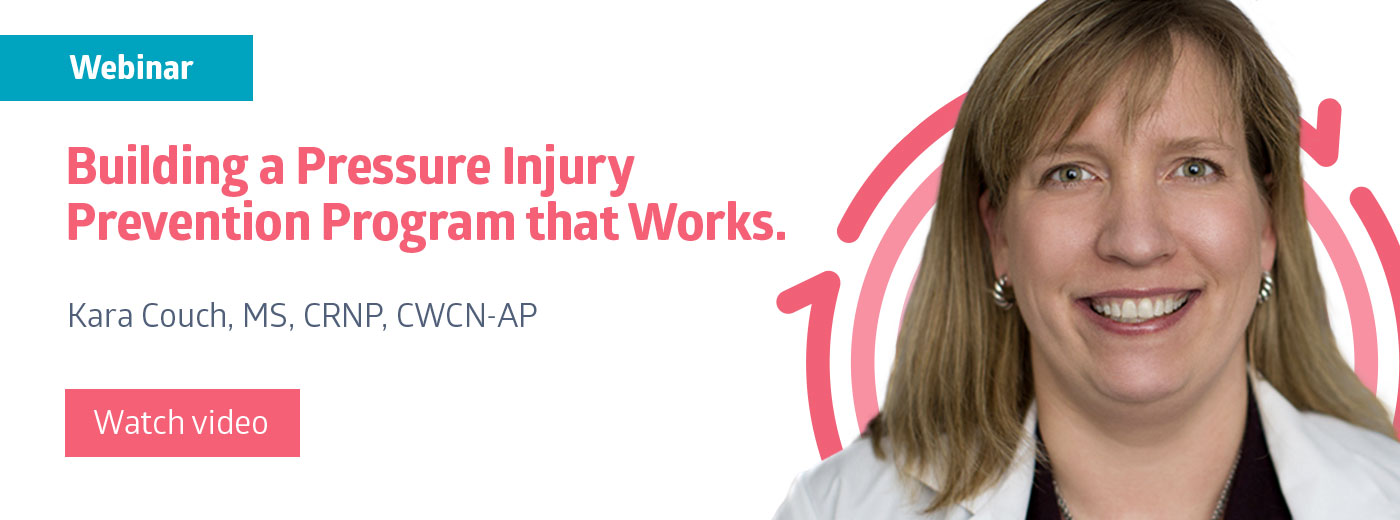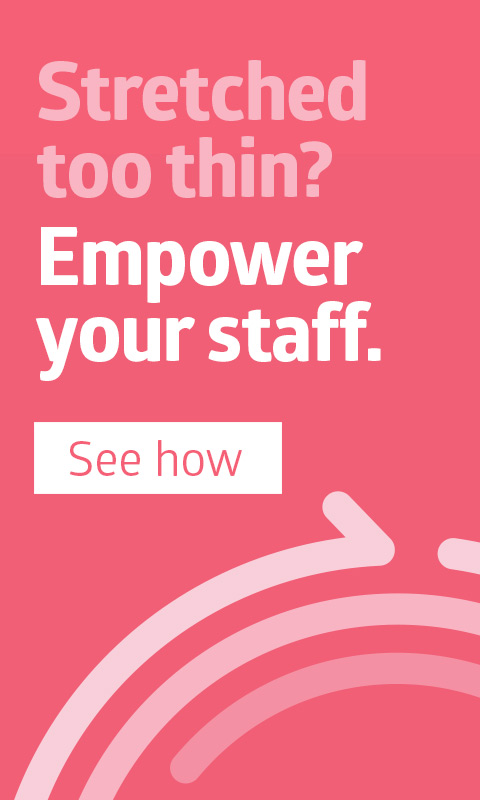7 ways to lower the risk of medical device related pressure injuries

Pressure injuries aren’t new to healthcare. What’s surprising is that more of these injuries are caused by medical devices. Today, medical device related (MDR) pressure injuries account for more than 30% of all hospital-acquired pressure injuries.1
Currently the cost of pressure ulcers is $9.1–$11.6 billion per year in the U.S.2 Reversing this trend, or even holding costs steady, seems unlikely as the U.S. population ages. The reality is, more patients who rely on medical devices for their treatment are being admitted to all healthcare settings.
Why MDR pressure injuries develop
There are many factors that put patients at risk for MDR pressure injuries. Often, medical devices must be secured tightly to ensure a proper seal, which creates pressure in areas other than bony prominences.
The devices themselves can constantly rub on the skin or remain in the same place too long without being repositioned. Edema may increase, causing a tube that was fitted appropriately at first to become too tight over time. This leads to undue pressure.
Humidity and heat can develop between the device and the skin, leading to skin breakdown. The presence of moisture enhances the ill effects of friction fivefold.3
Moreover, the materials used to secure the device, such as tape or straps, may make it difficult to inspect the skin underneath.
How to lower the risk
A knowledgeable and empowered frontline staff can help reduce MDR pressure injuries. Margaret Falconio-West, BSN, RN, APN/CNS, CWOCN, DAPWCA, senior vice president, market solutions, Medline Industries, suggests these best practices:
- Make sure the device is actually needed.
- Choose the correct size, if the device is specific to a specific body part.
- Begin protecting skin and tissue under the device when the device is placed.
- When possible, do not place the device in an area that is already prone to breakdown, such as a previous wound site.
- If allowable, remove the device as necessary (every shift, every day) to assess the skin under the device.
- Be an advocate for MDR pressure injuries by training yourself and helping to educate your patients’ families about proper application, proper removal of the device and precautions, such as edema in the area will increase the risk of skin breakdown under the device.
- Up to 70% of MDR pressure injuries occur on the head, neck, face and ear, according to the 2014 NPUAP Consensus Statement on Unavoidable Pressure Ulcers.5 As such, Falconio-West says work with respiratory therapy and look at your own practices. Ask questions such as, is there a different type of tubing that could be used? Is there a different location for that pulse oximeter?
Other factors that put patients at risk include4
- Rigidity of devices
- Not easy to secure or adjust the device to the body
- Difficult to safely remove or lift the device to inspect the skin underneath
- Poor positioning or fixation of the device
- Inappropriate size of the device
- Limited knowledge of the impact of edema
- Failure to check tubing
- Lack of awareness of the need to remove, reposition and provide basic skin care underneath devices
- Limited best practice guidelines
- Lack of standardized practice
Medical devices to look out for:
References:
- Health Research & Educational Trust. Hospital Acquired Pressure Ulcers/Injuries (HAPU/I): April 2017. Chicago, IL: Health Research & Educational Trust.
- Are We Ready for This Change? Preventing Pressure Ulcers in Hospitals: A Toolkit for Improving Quality of Care. Agency for Healthcare Research and Quality, Rockville, MD. Available at: https://www.ahrq.gov/professionals/systems/hospital/pressureulcertoolkit/putool1.html. Accessed March 14, 2019.
- Black JM, Cuddigan JE, Walko MA, Diddier LA, Lander MJ, Kelpe MR. Medical device related to pressure injuries in hospitalized patents. International Wound Journal. 2010; 7(5):358-365.
- Baharestani M, Quillen JH. Medical device related pressure injuries: the hidden epidemic across the lifespan. Presentation on behalf of National Pressure Ulcer Advisory Panel; Feb 28, 2013.
- Holden-Mount, S, Sieggreen, M. Medical Device-Related Pressure Ulcers: Pediatrics & Adults. Presentation on behalf of National Pressure Ulcer Advisory Panel; Feb 23, 2015.


